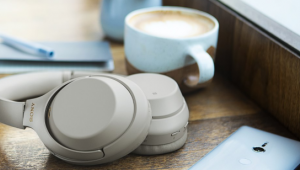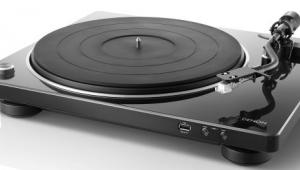We Failed the Marshmallow Test
Not that long ago, the music industry offered music lovers a choice: they could buy music in its original form - CD or vinyl, or via the quick and easy solution of MP3. Two marshmallows or one. However, more recently, it’s gotten more complicated. Now, instead of a single marshmallow or two, we’re faced with MP3 - a single, quick-fix marshmallow, or a much more crave-worthy crème brûlée - high resolution audio.
Let’s face it: most people blew it. Instead of waiting for the crème brûlée, we loaded our iPods, phones and hard drives with marshmallowy MP3 files. We had neither the patience or hard-drive space to wait for the crème brûlée. MP3 made it too easy. Instead of buying full albums on CD, we quickly and cheaply bought single songs.
While bandwidths were still somewhat limited, Pandora became the de facto source for streaming music. Instead of waiting for a bigger pipeline, we settled for what was available at the time. Now, a service such as Tidal comes along, but is it too late? We already ate the Pandora marshmallow instead of waiting for a higher-resolution crème brûlée stream. How can Tidal hope to become as mainstream as Pandora this late in the game? They’re already backing down by offering two levels of resolution for consumers. Are we also going to fail this marshmallow test, and go for cheap instead of quality?
Even something as highly-endorsed as Pono is coming into the game a little late. People have their entire music libraries already converted to MP3. Can the allure of 24-bit high-resolution audio convince anyone except the most devoted audiophiles to re-purchase their collection? How badly do you want that crème brûlée?
New technologies are emerging such as MQA which folds 24-bit audio back into a 16-bit stream (ignoring portions deemed to be inaudible) and increases in bandwidth make higher-resolution audio easier to buy, store, and enjoy. However, one has to ask if it’s already too late. I know that in general, I would never pass up an opportunity for a crème brûlée. I appreciate the cool creamy custard and the satisfying “snap” of a perfectly executed burnt-sugar crust. That said, my iPod, laptop, and phone are maxed out with MP3 files - clearly, I’ve had my share of marshmallows.





























































